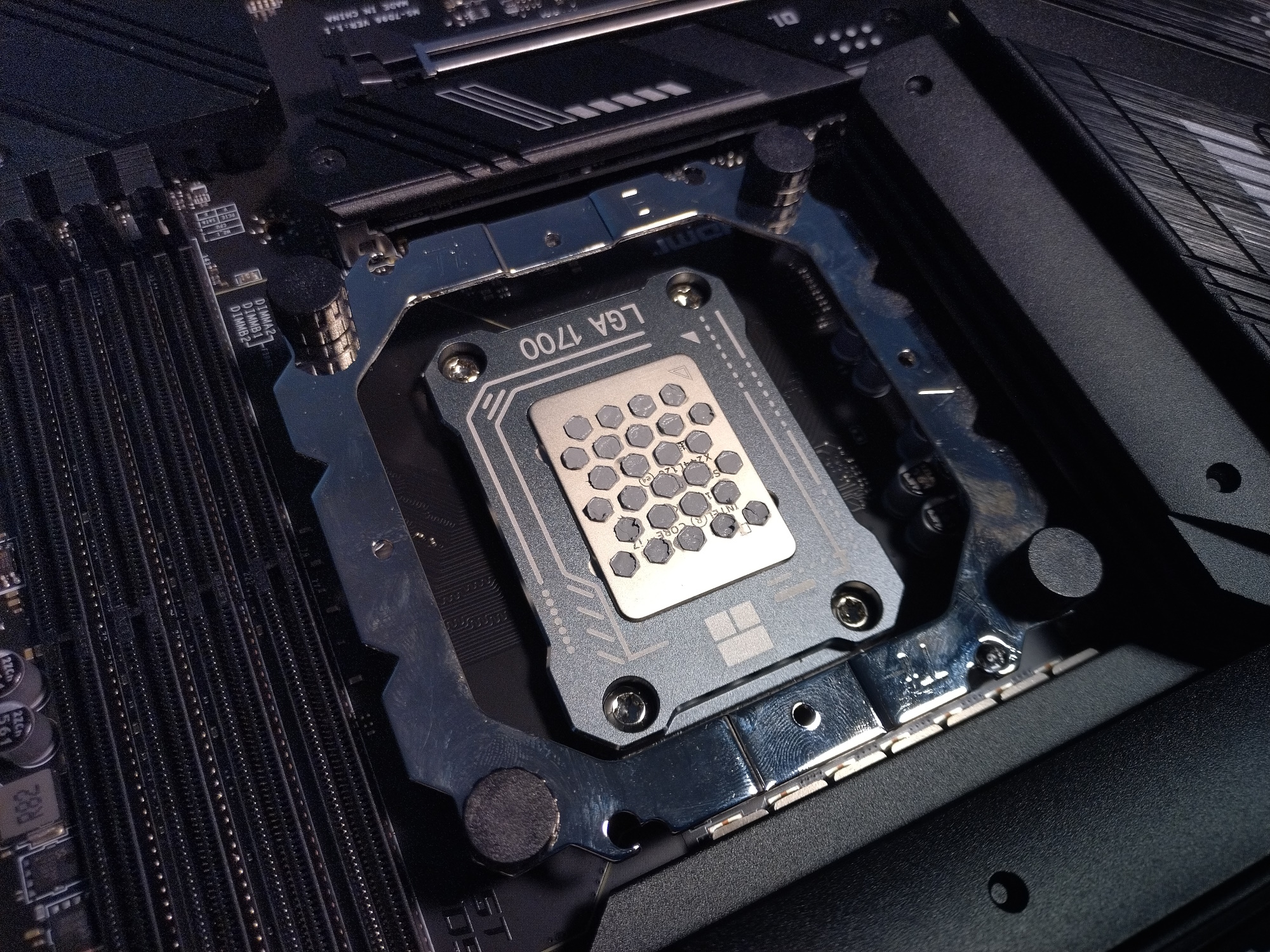this post was submitted on 19 Jul 2023
64 points (97.1% liked)
PC Master Race
15310 readers
163 users here now
A community for PC Master Race.
Rules:
- No bigotry: Including racism, sexism, homophobia, transphobia, or xenophobia. Code of Conduct.
- Be respectful. Everyone should feel welcome here.
- No NSFW content.
- No Ads / Spamming.
- Be thoughtful and helpful: even with ‘stupid’ questions. The world won’t be made better or worse by snarky comments schooling naive newcomers on Lemmy.
Notes:
- PCMR Community Name - Our Response and the Survey
founded 2 years ago
MODERATORS
you are viewing a single comment's thread
view the rest of the comments
view the rest of the comments

Thermal Paste is a delicate topic. But i think it is a bit too much. Thermal paste should only be used to create better contact between to uneven surfaces.
You will be fine tho. If nothing spills, all OK.
Also, won't this create bubbles when it squishes? The hexagons will squish into circles and fill the gaps between them, but there will be nowhere for some of it to go, particularly the corners of the hexagons. One glob in the center will squish out evenly and there's no air to trap, which is why that's preferred. If OP spread this, it's fine. If they directly attach their heatsink though, it could be not ideal.
Basically, don't get fancy with your thermal paste. Just put a bit in the center and the pressure will spread it evenly.
Even if it spills, if it's non-conductive it's just a mess to deal with the next time you pull the heatsink off. Just use gloves to handle it because it's a bitch to get thermal paste off your skin.
I find rubbing alcohol best for removing thermal paste from electronic components and toothpaste best for removing it from skin.
Thermal paste is often capacitive rather than actually conductive. So it can build up a charge and then release it all at once.